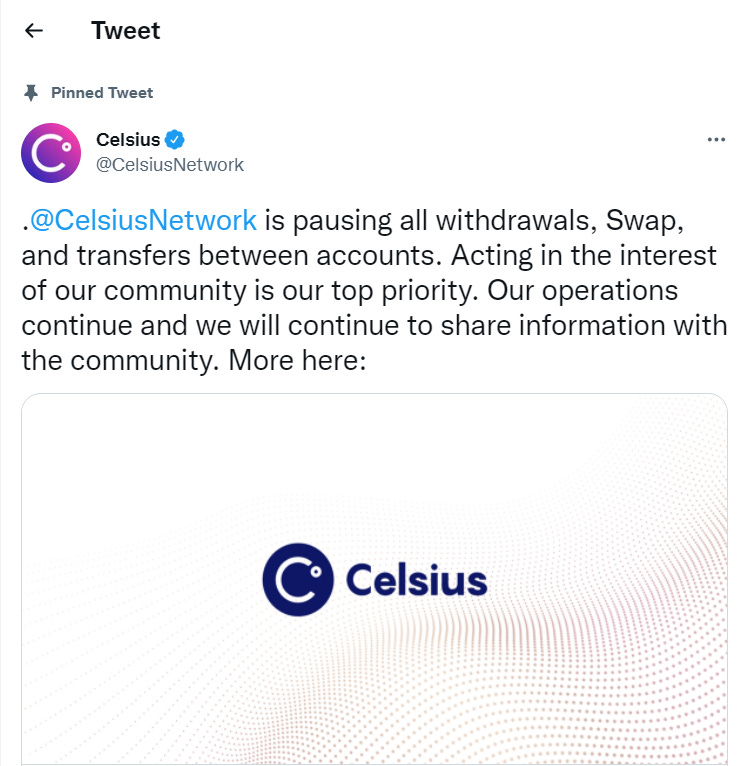Long Take: Rebuilding ownership and identity, avoiding financial abstraction, protects us from fintech and big tech collapse
Gm Fintech Architects —
Today we are diving into the following topics:
Summary: We respond to Jason Mikula’s excellent post on what happens to failing neobanks by trying to understand the broader point. Why do users lose access to their funds? How much can they lose through fintech interfaces, crypto brokers, cross-chain bridges? We look at analogies in the social media world, and in particular at the algorithmic changes Instagram has been attempting to put in place, and the backlash against those changes that remind us of de-platforming certain creators. Lastly, we propose a mental framework for understanding this disintermediation in the context of abstraction and compression of information and identity, and offer a provocation about Web3.
Topics: neobanks, crypto, fintech, bankruptcy, social media, Web3, identity,
Tags: Instagram, Xinja, N26, BBVA, Instagram, TikTok, Meta, Apple
Also, we fixed the form link below, didn’t realize it was busted … so if you have ideas for companies or topics to cover next week, let us know by clicking the button below.
Long Take
Losing Financial Access
We are inspired this week by Jason Mikula’s excellent discussion of “What Happens When A Neobank Goes Bankrupt?” Check it out below, and we will reference it throughout this write up.
You know, because there are now a lot of neobanks, and they do seem to be going bankrupt, especially as valuations fall, backstop funding disappears, and profitability is out of reach for most. Here’s a great, depressing update on valuation multiples to drive the point home.


The point being, of course, the glory of speculative euphoria replaced by the grim darkness of having to run a super boring, non-profitable, bank-like app. Don’t worry, the sun will rise again.
Jason gives us the run down of several things that fell apart, which we excerpt below and illustrate for your pleasure.
In Australia, Xinja, which had a full banking license, shut down in late 2020
Volt ended operations earlier this month.
UK neobank Dozens, operating on an e-money license, also called it quits this month.
In the US, SMB neobank Azlo was killed off after being acquired by BBVA.
N26’s efforts in the US ended with the company withdrawing and shutting down its operations
Beam Financial, which was purportedly a high-yield savings app, collapsed amid regulatory action from the FTC, leaving users unable to access their funds.
When BBVA decided to shut down neobank app Simple and move the accounts to BBVA proper, the account transition process went awry — leaving users unable to access their accounts
LendUp agreed to shutdown its loans business .. its neobank subsidiary, Ahead Money … informed customers via email that a “new app was coming,” which appears to have been LendUp preparing to shut down and liquidate its remaining assets.
Great stuff.
Also worth mentioning are the crypto blowups this year, whether we talk about Celsius pausing all withdrawals after blowing up customer funds in risky trades and going insolvent …
… or Voyager, or Babel Finance, or even the Terra fiasco itself.
And that’s not even mentioning all the bridge hacks. Billions of dollars of value are caught in between chains in these synthetic derivatives, according to the Chainalysis graph below.
People are routinely separated from their money.










